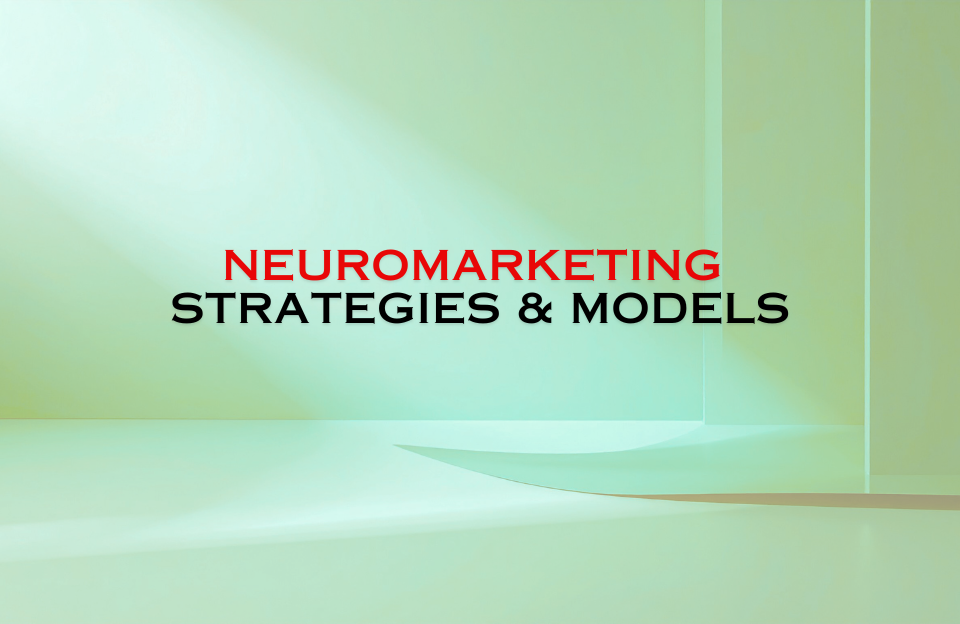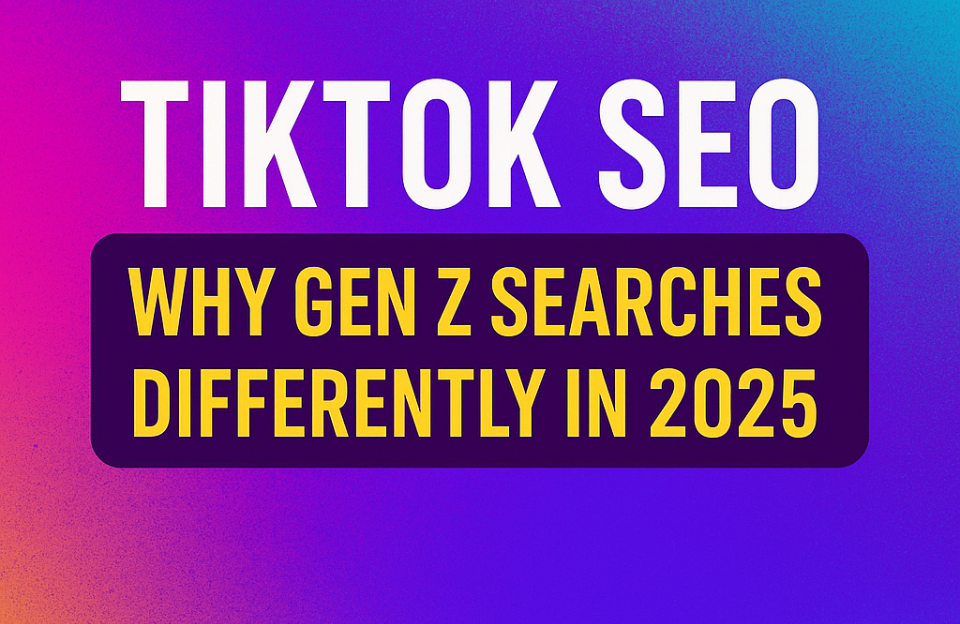Neuromarketing bridges the gap between psychology, neuroscience, and marketing. By understanding how the human brain processes information and emotions, marketers can craft campaigns that resonate deeply, influence decision-making, and drive measurable results. In this blog, we explore the most powerful neuromarketing strategies and models, backed by real-world examples.
What Is Neuromarketing?
Neuromarketing is the application of neuroscience and behavioral psychology to marketing. It involves studying consumer responses—conscious and subconscious—to stimuli such as advertisements, product design, packaging, and branding. Techniques include eye-tracking, EEG, fMRI, and biometric analysis to identify what truly captures attention and emotion.
Why Neuromarketing Works
- Emotion drives behavior: Most decisions are made subconsciously, influenced by emotions before logic kicks in.
- Attention is limited: Understanding which stimuli trigger engagement helps cut through the noise.
- Memory impacts purchase: Brands that create emotional memories are more likely to be recalled at the point of sale.
Key Neuromarketing Models and Theories
1. Daniel Kahneman’s System 1 & System 2
Nobel laureate Daniel Kahneman introduced the idea of two cognitive systems:
- System 1: Fast, automatic, emotional
- System 2: Slow, deliberate, logical
Most marketing is aimed at System 1—where impulsive decisions are made. Brands use emotional storytelling, color psychology, and simple messaging to appeal to this system.
Example: Coca-Cola ads rarely focus on product specs. Instead, they evoke feelings of happiness, nostalgia, and connection—pure System 1 activation.
2. The Limbic Map (Hans-Georg Häusel)
This model classifies consumer motivation into three emotional systems:
- Stimulance: Excitement, adventure, curiosity
- Dominance: Power, autonomy, control
- Balance: Safety, trust, harmony
Example: Volvo activates the Balance system by promoting safety and family protection. Red Bull activates Stimulance by focusing on energy, thrill, and youth.
3. Fogg Behavior Model
Created by Stanford professor BJ Fogg, this model posits that behavior happens when:
Behavior = Motivation × Ability × Prompt
- Motivation: The user’s desire
- Ability: Ease of performing the action
- Prompt: A trigger or cue to act
Example: PayPal increases ability (ease of checkout), motivation (secure payments), and uses prompts (e.g., “Pay with PayPal” at checkout).
Real-World Examples of Neuromarketing in Action
Hyundai
Hyundai used EEG headsets to test how people responded emotionally to different car designs. This influenced their final aesthetic choices for upcoming models. Emotional engagement increased significantly in the tested designs, resulting in better brand perception and sales growth.
Nescafé
Nescafé optimized its packaging based on eye-tracking and heatmaps. They discovered that placing the coffee mug image slightly off-center with a visual of rising steam increased attention and emotional warmth. This resulted in increased sales in test markets.
The Weather Channel
The brand used color psychology and emotional triggers to redesign its app interface. Warmer colors increased trust and user retention, while personalized alerts created emotional engagement, increasing app usage time significantly.
TUI (Travel)
TUI tested imagery in travel brochures using fMRI scans and facial recognition. Photos featuring sunsets, smiles, and beach scenes stimulated emotional centers of the brain. Campaigns using these visuals had higher booking conversions.
Taco John’s
The fast-food chain used neuromarketing to refine digital ads. By analyzing eye-tracking and brainwave data, they discovered that animated CTAs with countdown timers increased click-through by 18% over static ones.
Best Practices for Using Neuromarketing
- Use faces in imagery: Faces attract attention and increase empathy.
- Leverage color psychology: Red evokes urgency, blue conveys trust, yellow suggests optimism.
- Trigger emotions through storytelling: Use narratives that evoke joy, fear, surprise, or belonging.
- Reduce cognitive load: Keep designs and copy simple to ease processing by System 1.
- Incorporate social proof: Testimonials and reviews tap into herd behavior and trust.
Ethical Considerations
While neuromarketing offers powerful insights, it must be applied responsibly. Brands should avoid manipulation and prioritize transparency, consent, and user well-being. Ethical neuromarketing builds long-term trust and brand equity.
Conclusion
Neuromarketing isn’t just about flashy experiments—it’s about understanding what truly moves people. By aligning strategies with how the brain works, brands can communicate more effectively, design better experiences, and build emotional loyalty. From System 1 decision-making to the Limbic Map’s emotional targeting, modern marketing can—and should—be both brain-savvy and human-centered.




